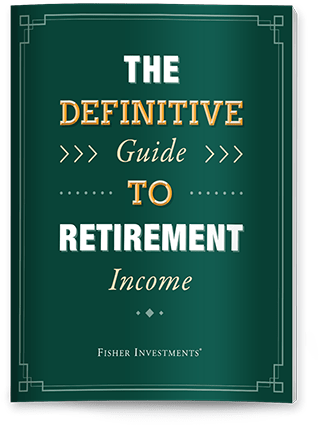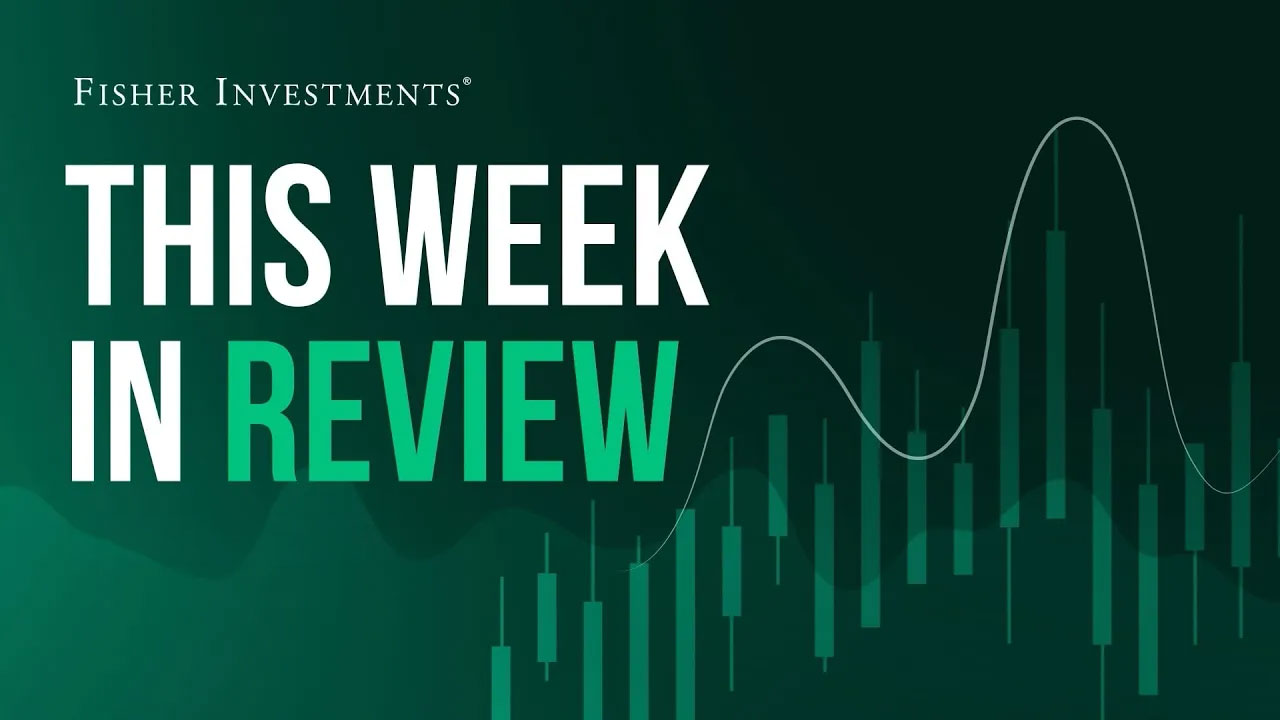Personal Wealth Management / Economics
A Brick in Britain’s Wall of Worry: Inflation
A weak report isn’t quite what headlines imply.
Lately, we have observed that this bull market’s wall of worry is noticeably higher across the pond than in the US—which we think explains Europe’s rousing start to the year. Case in point: The UK is up 7.4% year to date in US dollars, outperforming the MSCI World Index and the lagging US.[i] Its GDP may be slow-growing, and its government may be a perpetual source of investor angst, but that just lowers the bar reality needs to clear to beat low expectations. And, that friends, spells a high wall of worry for UK markets. January’s inflation report, which renewed headlines’ gloom Wednesday, is one more brick.
Headline CPI accelerated to 3.0% y/y, a big bump from December’s 2.5% and over expectations for 2.8%.[ii] Economists project more pain ahead, with the Bank of England (BoE) penciling in 3.7% inflation later this year—and prices not slowing to its target 2.0% rate until 2027. Analysts scrutinizing the report see evidence of fiscal policy starting to bite even before April’s payroll tax hike takes effect and presume prices will keep rising as businesses pass price hikes to consumers. Needless to say, conventional wisdom presumes this means the BoE can’t cut rates and economic growth will suffer.
There is a kernel of truth to some of this. Fiscal policy changes did directly affect some prices. The UK doesn’t have a sales tax—meaning, taxes aren’t added to sticker prices at the point of sale. It uses a value-added tax (VAT), which is embedded into the price point at every step in the supply chain. Hence, consumer prices include all taxes. As part of October’s Budget, the government applied VAT to private school fees, which caused the education inflation rate to spike from 5.0% y/y in December to 7.5%.[iii] This contributed 0.1 percentage point (ppt) to the headline inflation rate.[iv] The government also raised England’s bus fare cap from £2 to £3, a whopping 50% increase, jacking the inflation rate in road transport from 3.7% to 5.7%.[v]
But a lot of the acceleration was outside the government’s control and based more on global forces than local. That was the case with food prices, which accelerated from 1.9% y/y to 3.1% and contributing 0.1 ppt to the headline rate as meat, cooking fat and egg prices jumped.[vi] That is a function of global issues like droughts, floods, avian flu and poor olive harvests in the Mediterranean. Another big driver was airfare, which didn’t enjoy its usual outsized post-holiday drop in January. This is another global trend, and it was a major factor in transportation costs adding 0.3 ppt to the headline rate.[vii]
So yes, some of this is within the government’s control. Some isn’t. Meanwhile, several major categories remain disinflationary—price increases are slowing in housing, healthcare, communications and hospitality. The latter is particularly noteworthy, as analysts expect it will be ground zero for troubles erupting from the forthcoming minimum wage and payroll tax hikes. But the inflation rate in this category has more than halved over the past year, showing the market has stabilized substantially. It isn’t clear to us businesses are loaded with pricing power at the moment.
Businesses pass higher costs to customers only if they think the market will bear it—that is, only if demand is growing enough to support it. That is chiefly a function of money supply, which in Britain is growing at pre-COVID rates everyone once called anemic. This suggests to us that as businesses’ costs rise, they will probably heed incentives to boost productivity. Which means a big, new inflation spike isn’t automatic, which means the BoE could defy everyone’s dreary expectations. Mind you, we don’t think rates are a major economic driver, but to the extent monetary policy brings some sentiment relief, that could be a tailwind. Not that monetary policy is predictable—we don’t think it is—but we think it is a possibility worth considering.
Always bear in mind, too, that wages—perpetually sweated as a source of a wage-price spiral and which are rising quickly in Britain—aren’t inherently inflationary. Actually, it is the opposite—inflation influences wages. The minimum wage is rising because politicians decided workers on the lowest rungs needed relief from the painful inflation earlier this decade. We are incredibly sympathetic to this, as there is a pile of evidence showing people on low wages and fixed incomes got absolutely hammered by living costs. Wages and salaries for well-paid folks in competitive industries caught up with prices as market forces took hold. Those on the margins weren’t so blessed. So while we are overall agnostic on sociological factors and politics in general, we think it is a bit backward to view restored purchasing power in these segments of society as a negative. Here, too, there seems to be room for sentiment to catch up.
[i] Source: FactSet, as of 2/19/2025. MSCI UK IMI return with net dividends in USD, 12/31/2024 – 2/18/2024.
[ii] Ibid.
[iii] Ibid.
[iv] Source: Office for National Statistics (ONS), as of 2/19/2025.
[v] Source: FactSet, as of 2/19/2025.
[vi] Source: FactSet and ONS, as of 2/19/2025.
[vii] Source: ONS, as of 2/19/2025.
If you would like to contact the editors responsible for this article, please message MarketMinder directly.
*The content contained in this article represents only the opinions and viewpoints of the Fisher Investments editorial staff.
Get a weekly roundup of our market insights
Sign up for our weekly e-mail newsletter.

See Our Investment Guides
The world of investing can seem like a giant maze. Fisher Investments has developed several informational and educational guides tackling a variety of investing topics.



